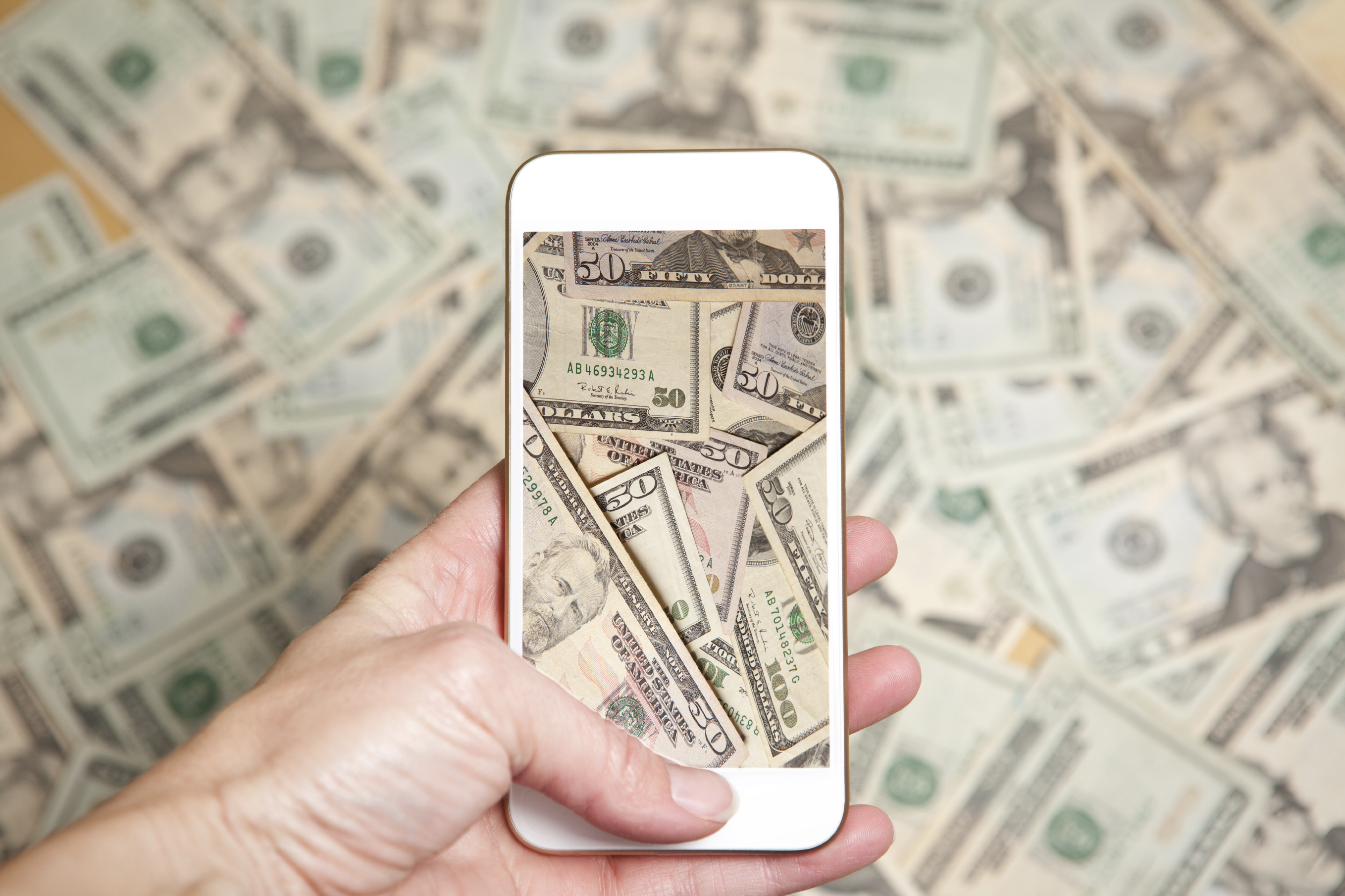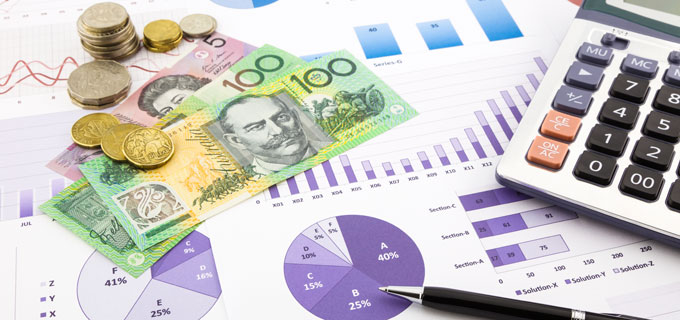
The prospects for mobile contactless payments in Australia
Many Australians believe their smartphone might one day replace their contactless cards. Research by Lonergan Research, on behalf of CBA, found that 73% of Australians believed their smartphone would replace their wallet by 2021. Australian financial institutions have, to date, met the demand for mobile payments through the use of NFC-enabled stickers and cases. The February 2014 announcement by VISA and MasterCard on “host card emulation”, where the secure element for a contactless payment can live in the cloud rather than in the phone, has reignited global interest in use of mobiles at point-of-sale, with a local trial being announced in Australia in March 2014. With consumer sentiment and facilitating technology shifting in its favour, what are the prospects for wide-scale embrace of mobile contactless payments in Australia?
Globally, the mobile payments market is small but growing rapidly. The World Payments Report forecasts mobile payment transactions will reach $US 30 billion for 2014 – representing a 55% Compound Annual Growth Rate for bank-based offerings between 2010 and 2014.
As well, mobile payments are diverse – with use of the mobile for contactless purchases sitting alongside a plethora of other offerings – ranging from SMS-based systems to use of a smartphone to initiate an online purchase or transaction, to in-store “beacons” that link to a smartphone via Bluetooth.
In developing markets, such as Kenya with M-Pesa, domestic SMS-based remittance services have been most successful, while in Brazil, India and the Philippines, cross-border remittance offerings from telcos, banks and new entrants have emerged.
Mobile payment developments in developed economies, such as Australia, might appear comparatively less spectacular than, for instance, the success of M-Pesa. Yet the satisfaction of users with existing offerings plus a more complex ecosystem can create a tougher path for such developments. Despite these challenges, there is significant interest amongst consumers in mature markets, particularly amongst the urban, young and tech savvy. However, research from HP-RFi (see below) as well as Ernst & Young suggest a strong polarisation in the Australian market between those who are keen to use mobile payments and those who are indifferent.
How comfortable would be you be in buying a coffee using a mobile phone? Comfortable (answered at least 6 out of 10) – All consumers – By age
Source: HP-RFi Payments Report, September 2013
This polarisation is quite common in developed economies. While it may reflect concern about, or indifference to, mobile payments by older users, it may just be that we are at the start of the Rogers’ innovation adoption curve, with younger users representing the early adopters in these developed markets.

Source: Rogers 1962
In his article “Mobile Payments: What’s in It for Consumers?”, Federal Reserve Bank economist Fumiko Hiyashi identified the main benefits to consumers of mobile payments as being convenience and the opportunity to track purchases and expenditures. One would think these benefits would apply to most age groups, be they Americans or Australians. Further, Hiyashi believes the main barrier to mobile payments growth is not consumer concerns over security but rather merchant acceptance. This is somewhat contradicted by survey evidence from the Federal Reserve which claims 63 per cent of non-users don’t use mobile payments due to security concerns.
If Australian consumers are keen to use mobile contactless payments and merchant acceptance, as opposed to security concerns, is the main barrier to adoption, then Australia is well placed to embrace mobile contactless. September 2013 data from RFi found that 69 per cent of Australians owned a contactless card. Visa estimates that there are now 100,000 contactless terminals with merchants and over 1 million contactless transactions made per day. It has also been noted that Australia has one of the highest per capita uses of contactless cards in the world. And according to Google-commissioned research, Australia has the second highest smartphone take up in the world, following Singapore.
Taken together, one should expect the ability to use a smartphone for a contactless payment is something Australian consumers would readily embrace. This suggests the stars may be aligning for mobile contactless in Australia and the Lonergan/CBA predictions for next decade may come true.


